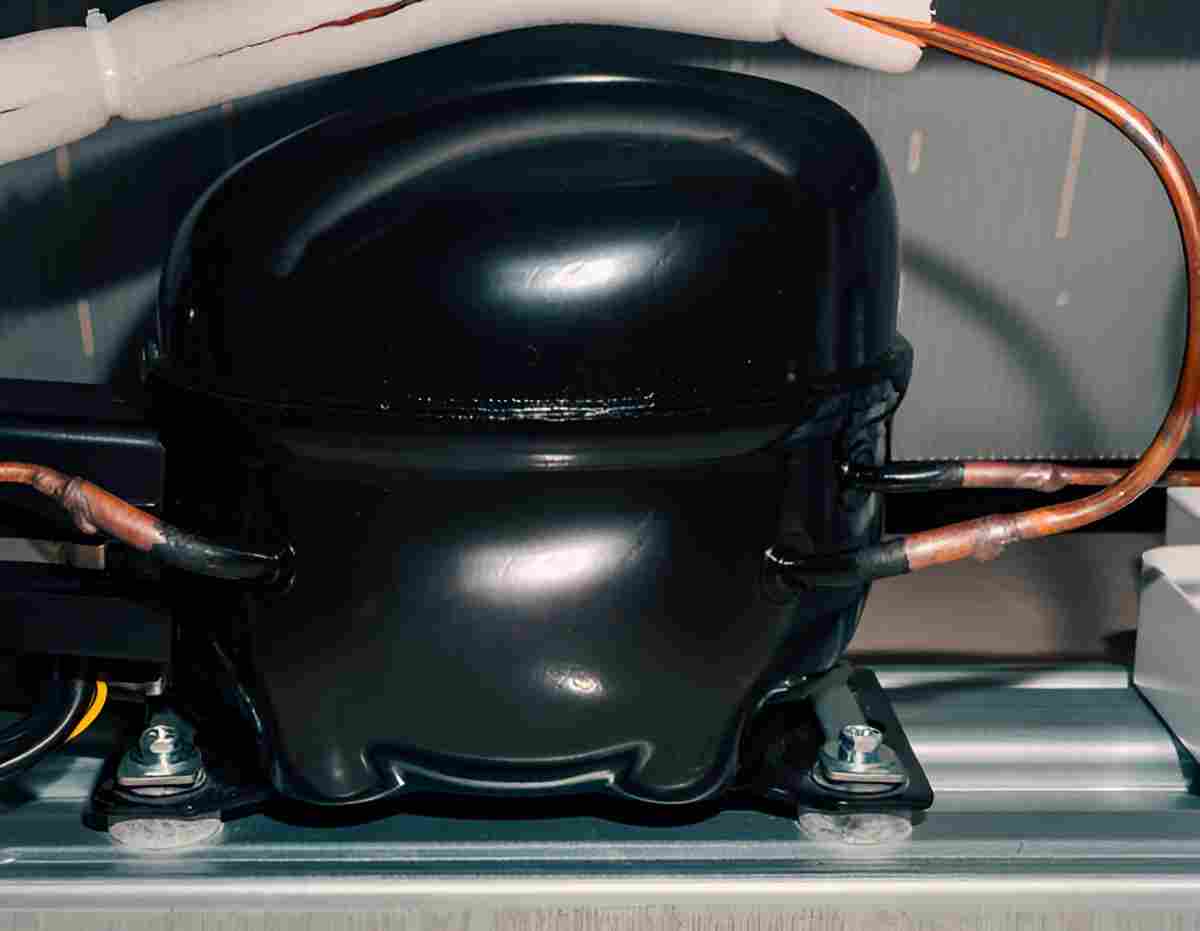Introduction to Orion Motor Tech AC Gauges
Are you ready to tackle your car’s air conditioning system like a pro? If so, mastering the use of Orion Motor Tech AC Gauges is your first step toward keeping cool on those hot summer days. Understanding how to read and interpret these gauges can save you time and money while ensuring that your vehicle’s AC runs efficiently. Whether you’re a DIY enthusiast or just someone looking to get a better grip on automotive maintenance, this beginner’s guide will walk you through each essential step with clarity and confidence. Let’s dive into the world of AC testing and unlock the secrets behind those gauges!
Understanding the Components of AC Gauges
AC gauges are essential for diagnosing and servicing air conditioning systems. They typically consist of two main components: the high-pressure gauge and the low-pressure gauge.
The high-pressure gauge measures the refrigerant pressure in the discharge line, giving insight into how well your AC system is functioning. It usually registers pressures ranging from 0 to over 500 psi, depending on the specific refrigerant used.
On the other hand, the low-pressure gauge reflects pressure in the suction line. This gauge helps identify issues like low refrigerant levels or blockages that could hinder performance.
Both gauges are connected by colored hoses—usually blue for low pressure and red for high pressure. Understanding these components ensures you can accurately assess your AC system’s health before diving into more complex repair tasks.
Step 1: Preparing the AC System for Testing
Before diving into the technicalities, ensure your vehicle is parked on a flat surface. This will help in getting accurate readings from your AC system.
Next, turn off the engine and open the hood. Safety comes first; always wear gloves and goggles to protect yourself during this process.
Locate the AC service ports. These are usually found on the larger diameter refrigerant line. Ensuring they’re easily accessible will save you time later.
Check for any visible leaks or damage around these components. If there’s oil residue or hissing sounds, address these issues before proceeding.
Let the vehicle sit for a few minutes with all systems off to stabilize pressure within the AC system. This step sets up an optimal environment for testing and gives you reliable results when using your Orion Motor Tech AC gauges.
Step 2: Connecting the AC Gauges
Once you’ve prepared your AC system, it’s time to connect the gauges. Start by locating the high-pressure and low-pressure service ports on your vehicle’s AC system. These ports are usually marked, making them easier to identify.
Next, take the corresponding hoses from your Orion Motor Tech AC gauge set. The blue hose connects to the low-pressure port, while the red hose attaches to the high-pressure port. Ensure that you secure these connections firmly but avoid overtightening.
Before proceeding, double-check that all valves on the gauges are closed. This helps prevent any refrigerant loss during setup. With everything in place, you’re now ready for accurate readings without leaks or interruptions in flow.
Remember: a proper connection is crucial for reliable measurements and effective diagnosis of your air conditioning system’s performance.
Step 3: Reading the Pressure and Temperature Values
Once the gauges are connected, it’s time to read the pressure and temperature values. Take a close look at both the low-pressure and high-pressure readings. Each color-coded zone indicates whether your system is operating within normal ranges.
For most vehicles, a low side reading between 25-45 PSI is typical, while high side should be around 200-250 PSI when running properly. These numbers can vary with ambient temperature though, so keep that in mind.
Next, check the temperature readings on the thermometer gauge if available. This will help you assess how well your AC unit cools air. Ideally, vent temperatures should be around 40°F or lower for optimal performance.
If you notice any anomalies or readings outside these ranges, don’t ignore them—they could signal underlying issues needing attention. Taking accurate measurements is crucial for effective diagnosis and maintenance of your AC system.
Troubleshooting Common Issues
When using Orion Motor Tech AC gauges, you may encounter a few common issues. One frequent problem is inaccurate pressure readings. This can occur if the hoses are not connected properly or if there’s a leak in the system. Always double-check your connections and inspect for any signs of wear.
Another issue could be fluctuating temperature readings. This might indicate low refrigerant levels or an improperly functioning compressor. Make sure to verify that the AC system has enough refrigerant before proceeding with further diagnostics.
If your gauges show zero pressure, it may signal a completely empty system or a blockage somewhere in the lines. Inspecting for restrictions can help pinpoint the issue.
Ensure that you’re working on a level surface to avoid false readings caused by gravity’s effect on fluid levels within the gauge itself.
Tips for Maintenance and Proper Use
Regular maintenance of your Orion Motor Tech AC gauges is key to ensuring their longevity. After each use, clean the hoses and connectors with a mild detergent to prevent build-up.
Always store your gauges in a protective case or bag. This protects them from dust and potential damage during transport. Keeping them organized also makes it easier to find everything when you need it.
Avoid exposing the gauges to extreme temperatures or direct sunlight for extended periods. Such conditions can affect accuracy over time.
Before starting any work, double-check that all components are functioning properly. A quick inspection can save you headaches later on.
Always refer back to the user manual for specific care instructions tailored for your model. Following these steps will keep your AC gauge in optimal working condition, ready for action whenever you need it.
Conclusion
Using Orion Motor Tech AC gauges can seem daunting at first, but with a clear understanding and methodical approach, anyone can master them. By familiarizing yourself with the components of the gauges and following each step carefully—from preparing your AC system to interpreting pressure readings—you’ll gain confidence in diagnosing issues.
Troubleshooting will become straightforward once you recognize common problems that may arise during usage. Additionally, maintaining your equipment ensures it remains functional for years to come.
With practice and patience, you’ll find that using these AC gauges enhances not only your skills but also contributes significantly to keeping air conditioning systems running smoothly. Embrace the learning process; soon enough, you’ll be an expert in no time!




